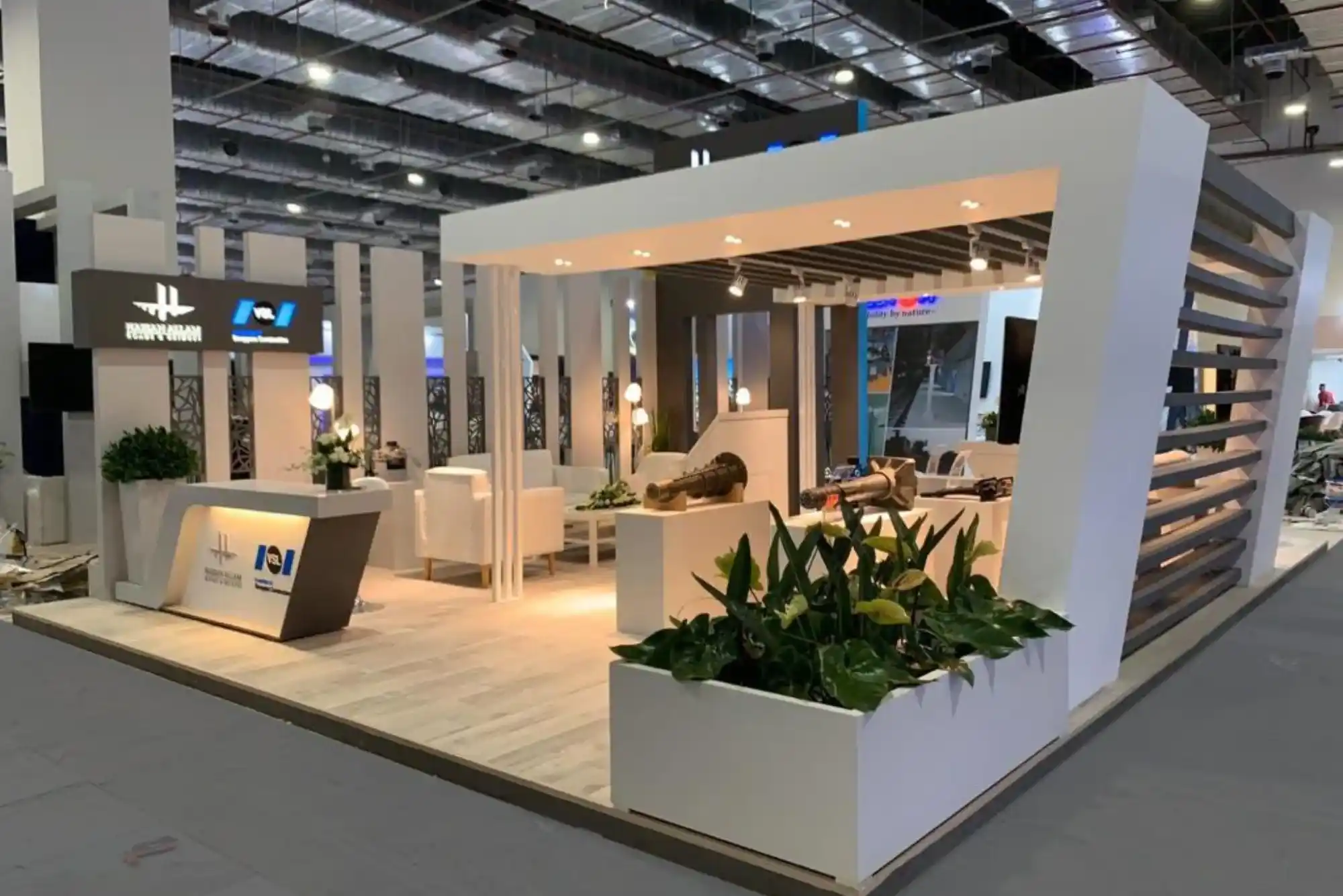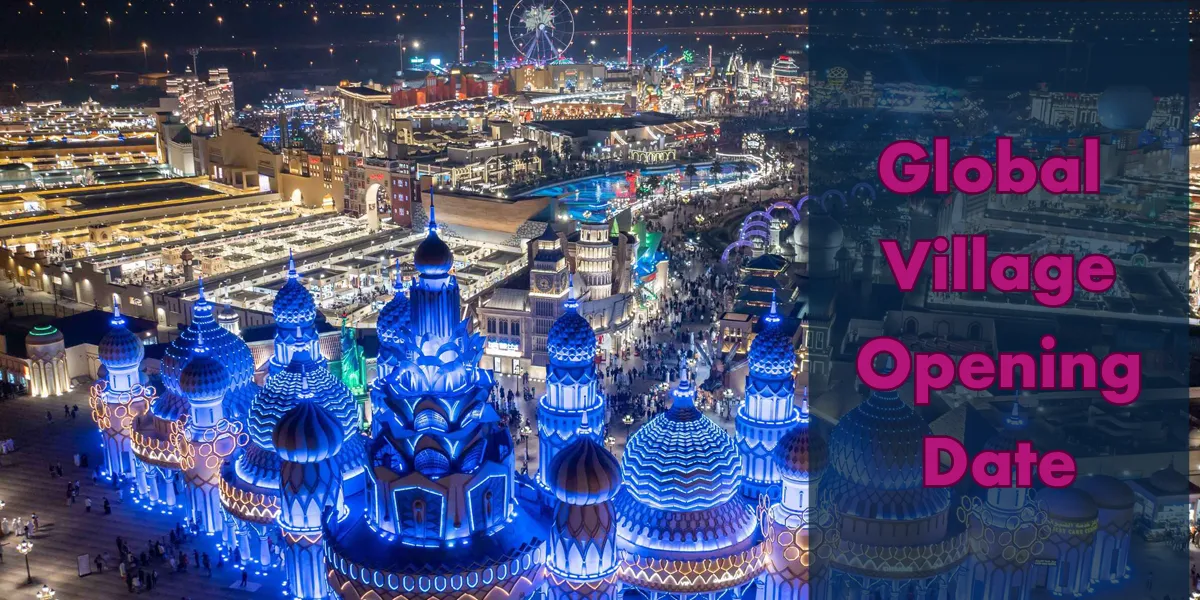Exhibitions and trade shows are crucial opportunities for businesses to showcase their products, services, and innovations to a broad audience. A critical element in maximizing the impact of these events is the design and installation of exhibition stands. These stands serve as the physical embodiment of a brand’s presence at the event, attracting visitors, engaging them, and creating memorable experiences.
The Importance of Exhibition Stand Design
Exhibition stand design is more than just aesthetics; it’s about creating an environment that effectively communicates a brand’s message and engages visitors. Key reasons why exhibition stand design is essential include:
First Impressions: In a crowded exhibition hall, first impressions matter. A visually striking stand design can capture attention and invite visitors to explore further.
Brand Identity: The design of the stand should reflect the brand’s identity, values, and messaging, creating a cohesive and recognizable presence.
Visitor Engagement: Thoughtful design elements, such as interactive displays and comfortable meeting areas, can enhance visitor engagement and facilitate meaningful interactions.
Competitive Differentiation: A unique and well-executed stand design can set a company apart from its competitors, making it easier to attract and retain visitor interest.
Key Elements of Effective Exhibition Stand Design
Creating an effective exhibition stand involves several key elements:
Layout and Space Utilization: An intuitive layout maximizes the use of available space and ensures smooth visitor flow. Key areas such as product displays, information counters, and meeting spaces should be easily accessible and well-organized.
Visual Appeal: A cohesive color scheme, high-quality graphics, and striking visuals enhance the stand’s attractiveness. The design should be eye-catching but also align with the brand’s aesthetic.
Branding: Prominent and consistent branding throughout the stand ensures that visitors can easily identify the company. This includes using logos, brand colors, and messaging effectively.
Lighting: Effective lighting highlights key areas and creates an inviting atmosphere. A combination of ambient, accent, and task lighting can enhance the overall look and feel of the stand.
Technology Integration: Incorporating technology such as interactive screens, virtual reality (VR), and augmented reality (AR) can create engaging and memorable experiences for visitors.
Functionality: Practical elements such as storage space, seating areas, and easy access to power sources are crucial for a functional stand design.
Sustainability: Using eco-friendly materials and sustainable practices not only benefits the environment but also enhances the brand’s image as a responsible entity.
The Process of Exhibition Stand Installation
The installation of an exhibition stand is a complex process that requires careful planning and execution. Key stages include:
Planning and Preparation: Before the installation, detailed planning is essential. This involves finalizing the stand design, coordinating logistics, and ensuring all materials and equipment are ready.
Transportation: Transporting the stand components to the exhibition venue requires careful handling to avoid damage. This may involve special packaging and logistics arrangements.
On-Site Assembly: Once at the venue, the stand components are assembled according to the design plan. This stage requires skilled labor and precise execution to ensure the stand is built correctly and safely.
Technical Setup: Setting up any technical elements, such as lighting, AV equipment, and interactive displays, is a crucial part of the installation process. This ensures that all technology works seamlessly during the event.
Final Touches: Adding final touches such as branding elements, decorations, and product displays completes the stand. This stage ensures that the stand is visually appealing and ready for visitors.
Dismantling and Removal: After the event, the stand is dismantled and removed from the venue. This process needs to be efficient and careful to ensure that all components can be reused for future events.
Trends in Exhibition Stand Design and Installation
Staying up-to-date with the latest trends can give businesses a competitive edge:
Modular Designs: Modular stands offer flexibility and reusability, allowing businesses to adapt their stands for different events and spaces.
Immersive Experiences: Creating immersive environments through the use of technology and interactive elements helps to captivate and engage visitors.
Minimalist Design: A minimalist approach focuses on simplicity and clean lines, making the stand feel open and inviting.
Sustainable Practices: Eco-friendly designs that use sustainable materials and practices are increasingly in demand.
Exhibition stand design and installation are critical components of successful trade show participation. By combining creative design with precise execution, businesses can create stands that attract attention, engage visitors, and effectively communicate their brand message. As trends and technologies continue to evolve, staying current with the latest practices will help businesses maintain a competitive edge and create impactful, memorable exhibition experiences.















